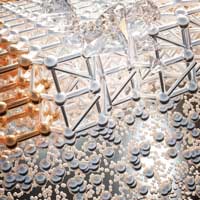 Researchers have discovered that hexagonal boron nitride in layered, molecule-thin 2D sheets can phase transition to a cubic structure at room temperature.
Researchers have discovered that hexagonal boron nitride in layered, molecule-thin 2D sheets can phase transition to a cubic structure at room temperature.
Tuesday, January 26, 2021
Researchers use nanomaterials to make 2D diamond clusters at room temperature
 Researchers have discovered that hexagonal boron nitride in layered, molecule-thin 2D sheets can phase transition to a cubic structure at room temperature.
Researchers have discovered that hexagonal boron nitride in layered, molecule-thin 2D sheets can phase transition to a cubic structure at room temperature.
Surround sound from lightweight roll-to-roll printed loudspeaker paper
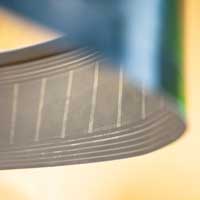 The loudspeakers of the future will not only be as thin as paper, but will also sound impressive.
The loudspeakers of the future will not only be as thin as paper, but will also sound impressive.
Inhalable COVID-19 protection via synthetic nanobodies
 Protein structures helped researchers to increase the potency of simplified antibodies (nanobodies) designed to neutralize SARS-CoV-2.
Protein structures helped researchers to increase the potency of simplified antibodies (nanobodies) designed to neutralize SARS-CoV-2.
2D MXene shows evidence of a magnetic transition
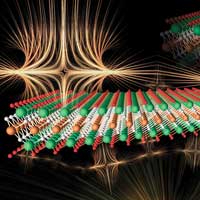 A variety of experiments, including x-ray studies, provided direct evidence of a magnetic transition in a type of 2D transition metal compound called a MXene.
A variety of experiments, including x-ray studies, provided direct evidence of a magnetic transition in a type of 2D transition metal compound called a MXene.
Tungsten-substituted vanadium oxide breathes fresh air into catalyst technology
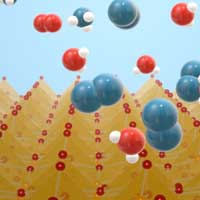 Researchers have created a new tungsten-substituted vanadium oxide catalyst for breaking down harmful nitrogen oxides in industrial exhaust. Their new catalyst material works at lower temperatures and does not suffer major drops in performance when processing 'wet' exhaust, resolving a major drawback in conventional vanadium oxide catalysts.
Researchers have created a new tungsten-substituted vanadium oxide catalyst for breaking down harmful nitrogen oxides in industrial exhaust. Their new catalyst material works at lower temperatures and does not suffer major drops in performance when processing 'wet' exhaust, resolving a major drawback in conventional vanadium oxide catalysts.
Revealing the dynamic mechanism of lead-free quadruple perovskite nanocrystals
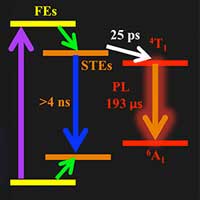 Researchers revealed the luminescence enhancement mechanism of a series of new lead-free quadruple halide perovskite nanocrystals, and prepared high-performance photodetectors.
Researchers revealed the luminescence enhancement mechanism of a series of new lead-free quadruple halide perovskite nanocrystals, and prepared high-performance photodetectors.
Scientists reveal high pressure phase transition of new nanocarbon materials
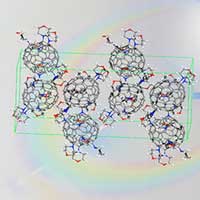 Scientists used the 'zoom-in' phase transition universal method to realize a detailed analysis of the structural deformation and electronic properties of metallofullerenes under high pressure.
Scientists used the 'zoom-in' phase transition universal method to realize a detailed analysis of the structural deformation and electronic properties of metallofullerenes under high pressure.
Researchers construct molecular nanofibers that are stronger than steel
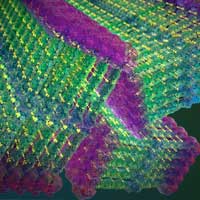 Self-assembly of Kevlar-inspired molecules leads to structures with robust properties, offering new materials for solid-state applications.
Self-assembly of Kevlar-inspired molecules leads to structures with robust properties, offering new materials for solid-state applications.
A benchmark for single-electron circuits
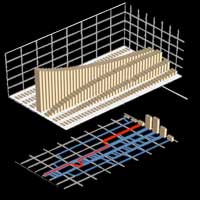 A new methodology for an abstract and universal description of the fidelity of quantum circuits.
A new methodology for an abstract and universal description of the fidelity of quantum circuits.
Subscribe to:
Comments (Atom)
